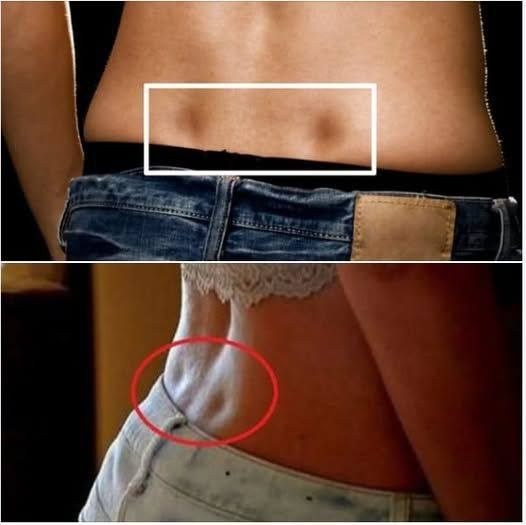
You may have noticed two small indentations on your lower back, located just above the buttocks. These indentations are commonly referred to as “dimples of Venus” or “Venus dimples.” Named after Venus, the Roman goddess associated with love and beauty, these natural features are often considered aesthetically appealing. In men, they are sometimes referred to as “dimples of Apollo.” But beyond appearance, is there any medical or physiological significance to these dimples?
In this article, we’ll explore what Venus dimples are, what causes them, and whether they offer any insights into your health or fitness—all based on reputable medical information and anatomical science. The goal is to provide a fact-based, SEO-optimized explanation that aligns with Google’s Search and Ads policies by removing any unsubstantiated or inappropriate claims.
What Are Venus Dimples?
Venus dimples are small, symmetrical indentations located on the lower back where the pelvis and spine meet. They are most noticeable in individuals with a lower percentage of body fat, which allows the underlying skeletal structures to be more visible.
These dimples form at the site of the posterior superior iliac spine (PSIS), a prominent bone structure in the pelvic region. The PSIS is part of the iliac bone and is located near the sacroiliac joints, which connect the spine to the pelvis.
According to the U.S. National Library of Medicine (MedlinePlus), this area contains ligaments and connective tissue but relatively little muscle or fat. As a result, in some individuals, the skin slightly dips inward, forming what we visually perceive as dimples.
Source: MedlinePlus – Anatomy and Physiology

Why Are They Called “Dimples of Venus”?
The term “dimples of Venus” is a historical reference to Venus, the Roman goddess of beauty. The name has no clinical relevance but reflects the long-standing cultural association of these dimples with attractiveness.
Despite the name, Venus dimples are not a gender-specific feature. Both men and women can have them, although they are more commonly noticed in women due to differences in pelvic anatomy and body fat distribution.

Are Venus Dimples Genetic?
Yes, Venus dimples are believed to be hereditary, meaning they can run in families. They are a result of genetic anatomy and bone structure, not something that can be developed through exercise or lifestyle changes.
Unlike muscle tone or skin elasticity, which can be improved through workouts or skincare, Venus dimples are structural features tied to the shape of your pelvic bones and the way soft tissue attaches in that region.
There is no scientific evidence to suggest that these dimples can be created through weight loss, exercise, or massage. While lowering body fat may make them more visible, they must already be present anatomically to appear at all.




